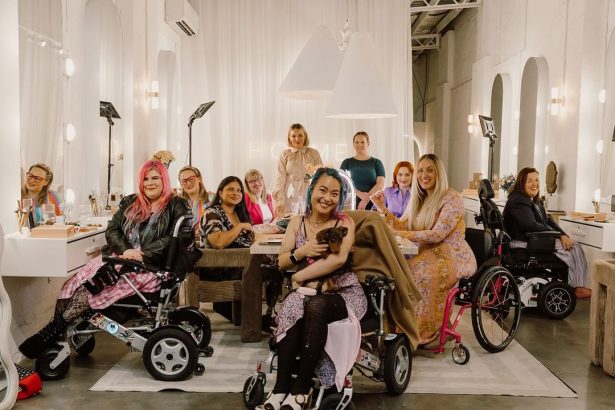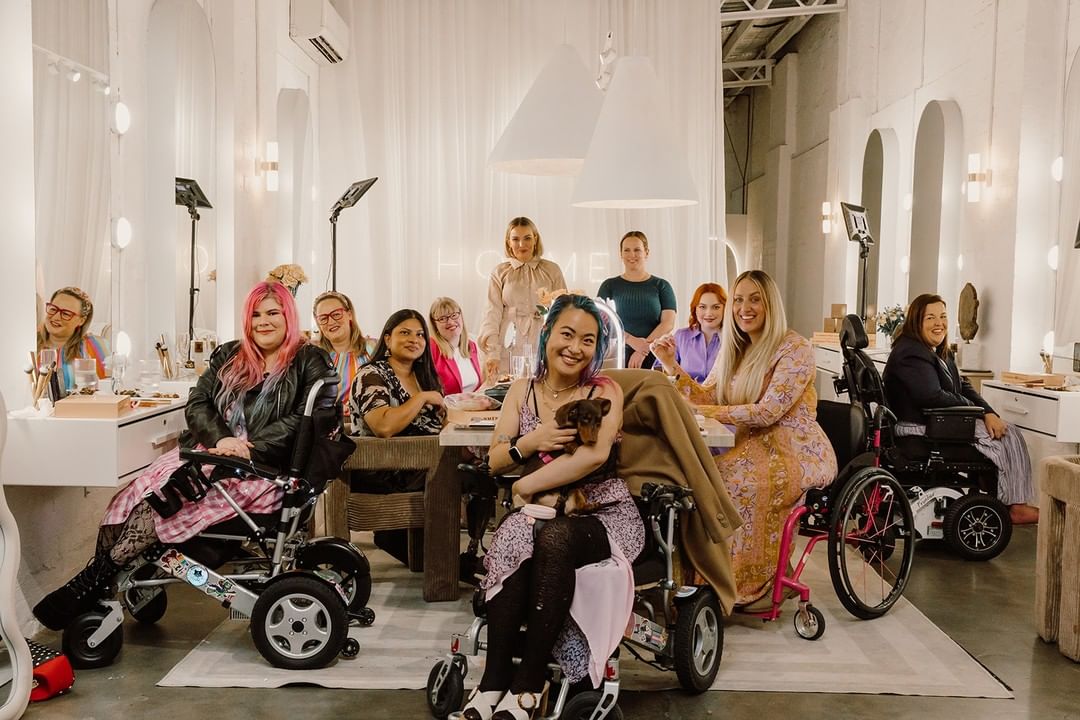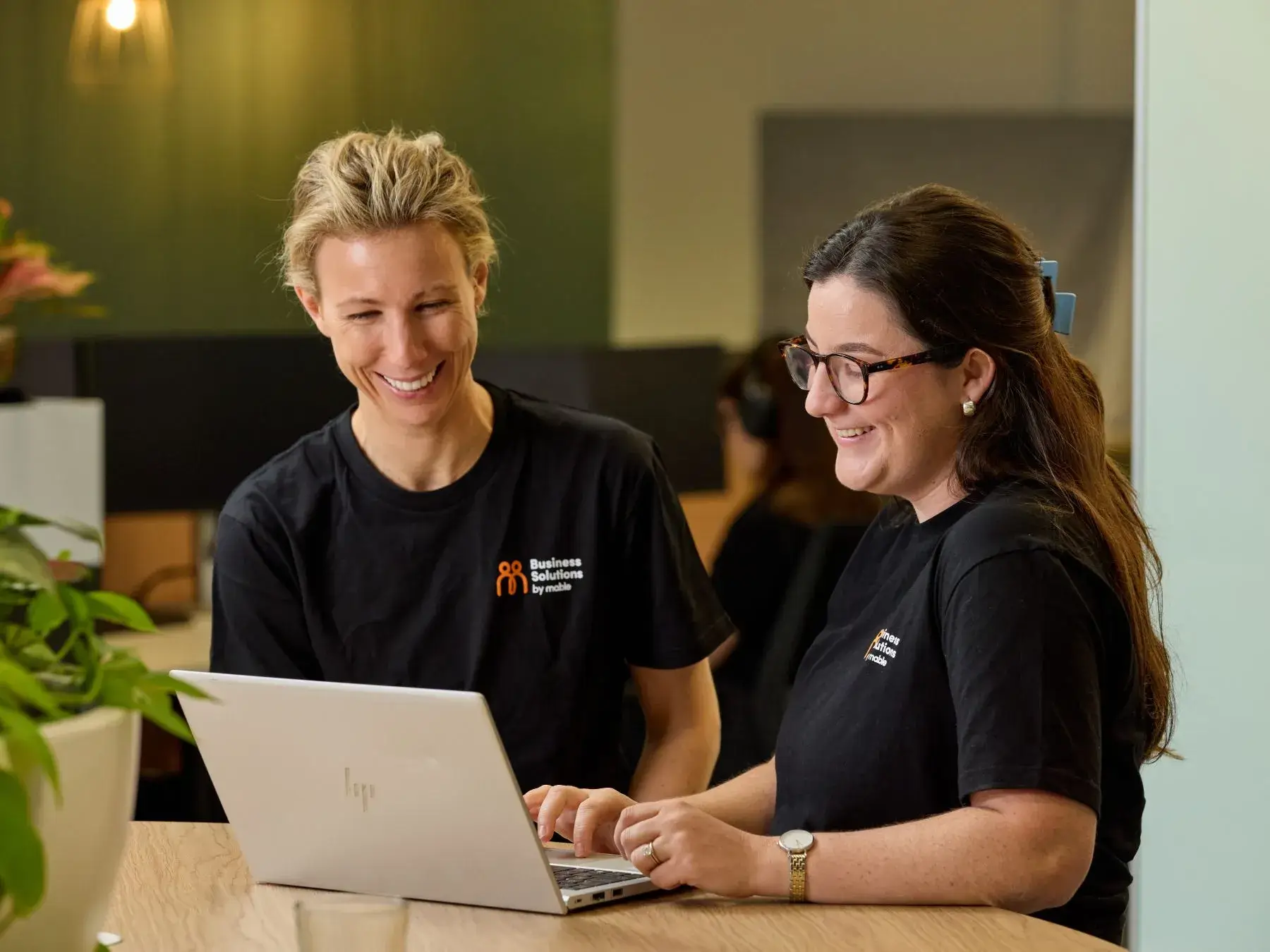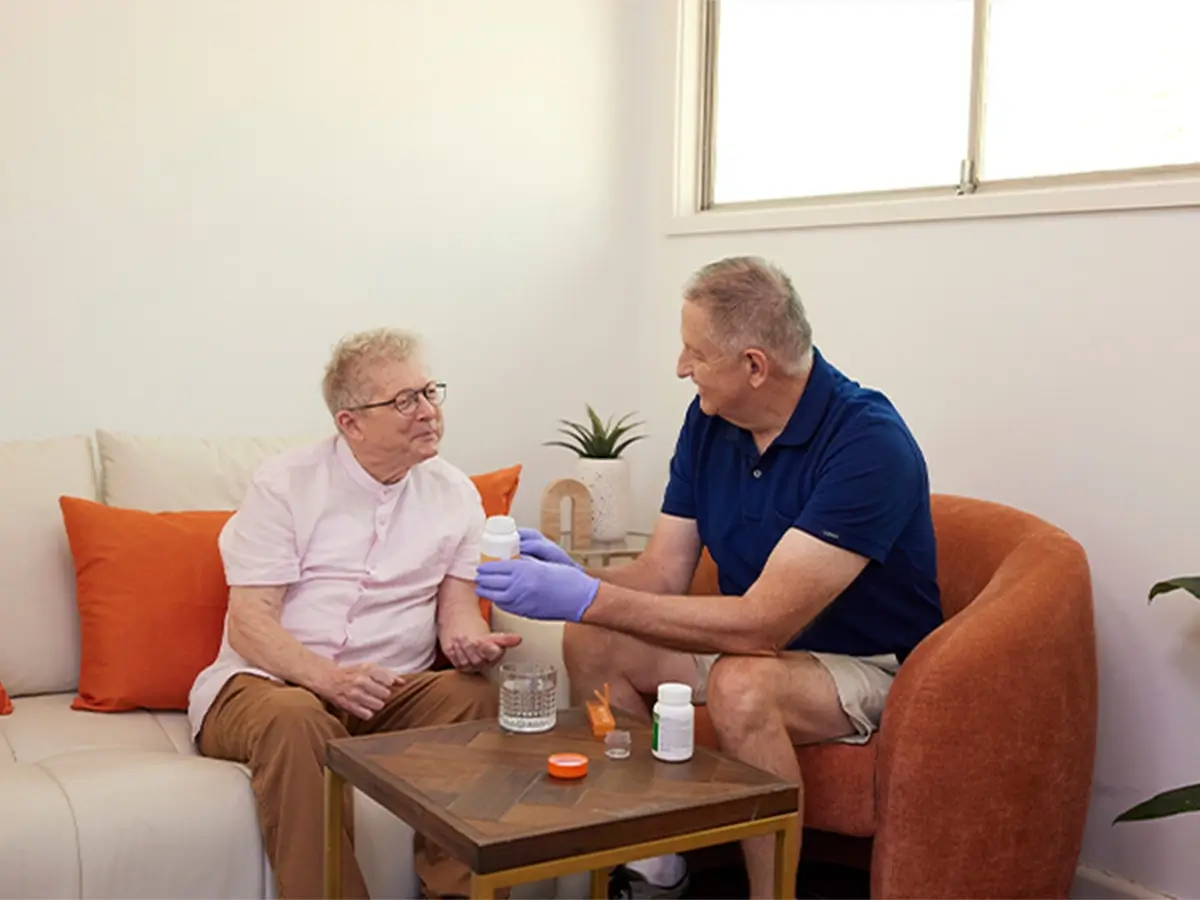When I first started developing chronic pain and chronic illness symptoms, my world became very small. Although I’d been disabled my whole life due to being bipolar and autistic, I didn’t know they were disabilities. I didn’t even know I was autistic until a few years ago. But when my fibromyalgia and other illnesses began to emerge, everything changed.
I went from being a 20-something who’d just graduated at the top of her journalism degree at university, to someone who struggled to walk, work and function. I was so unwell and exhausted. I felt like a battery that never went off low-power mode, and I was always in pain — sometimes, unbearably so.
I didn’t think I’d lose friends when this happened, but I did. Even people who I thought would be there forever. My access needs became too much of a burden for them. I was punished for what I couldn’t do, and eventually, they stopped inviting me to things — the entire friend group would be invited, excluding me.
“Well, we didn’t think you’d be able to!” they’d say, as their lives went on without me.
My life largely became a list of things I couldn’t do. And I’d push myself, trying to keep up with ableist standards, trying to make my needs as small as possible for the convenience and comfort of those around me. Things like not using my wheelchair, or not asserting my boundaries when something was too much. I’d suffer significantly as a result, but it wasn’t enough. I felt so many people around me slipping away. Some even blamed me for what I was experiencing, as if just walking could fix my incurable disabilities. Others just felt awkward and didn’t know how to interact with me anymore, while some even went as far as telling me I wasn’t disabled enough to use mobility aids.
It can be lonely and gut-wrenching when those you love don’t get it.
Not everyone left. I have some wonderful people who stuck with me, and make me feel so comfortable about my disabilities, my access needs, and my mobility aids. They think about me, help me, and support me: and it truly means the world. But it can still be hard for them, especially when they listen, but could never truly understand.
That’s why finding the disability community online was so life-changing for me. I truly believe it saved me, and I am so grateful.
How I found my community
I began just by posting about my experiences online, and how I was struggling with my health, especially back when I didn’t know what was happening to my body. People from the community reached out to me, assured me it wasn’t in my head, and that my access needs mattered, even without a diagnosis.
Being truly accepted for who you are is such a beautiful thing. And my disabled friends love me, even when I use my wheelchair. They love me, even when my anxiety gets so bad I struggle to function. They love me when I can’t speak. They love me when I’m overwhelmed. They love me when I’m utterly exhausted. And they love me, even when I have to say no to things.
I know those might sound like basic and simple things, but for a lot of my life, I didn’t have great friends. I never really felt like I could be myself. So it feels like a gift to have this acceptance, understanding and support in a way that’s just a whole other level.
Because they get it. The good, and the bad. Even online friendships have been so powerful for me.
But I know making friends can be a scary and daunting task, especially as an adult, and even more so as a disabled, autistic adult. That’s why I want to end this article with some advice for making connections.
Tips for finding an online community
Now, I’m probably the furthest thing from an expert, but I know what it’s like to be an awkward, nervous, anxious person trying to make friends. So my advice is to try:
- Following other disabled people online
- Interacting with their posts
- Look up hashtags that are meaningful to you and follow accounts that post content you like
- Posting about your experiences in online groups
- Joining disability online meet-ups. The Yellow Ladybugs hold various in-person and online events, as do a lot of other disability organisations
- Online friendship apps, like Bumble For Friends
- Go to events related to your special interests and try talking about your special interest to other people there (if you can).
I know making friends can be hard. But your crew is out there. It’s taken me years to build friendships, and sometimes, it does mean being a little bit brave—like sending a message to someone you like, and asking if they want to hang out or meet up online sometime. It’s terrifying, but it can be so worth it.
I am so grateful for the beautiful people in my life now. It’s so special to have these tender, compassionate friendships in a world that can feel awful and exclusionary to disabled people. Friends who don’t mind doing some research and seeing if a location is wheelchair accessible. Friends who don’t mind cutting an activity short or having rest. Friends who don’t mind low-spoon hangout days. Friends who don’t mind me being me.
And for that, I love them. From the bottom of my heart.
Zoe Simmons is a disabled journalist, copywriter, speaker, author and advocate. She writes to make the world a better place. You can find out more about Zoe on her website, or follow her on Facebook, Instagram, Twitter, LinkedIn or Tik Tok.
Header image taken by Julia Forte.




